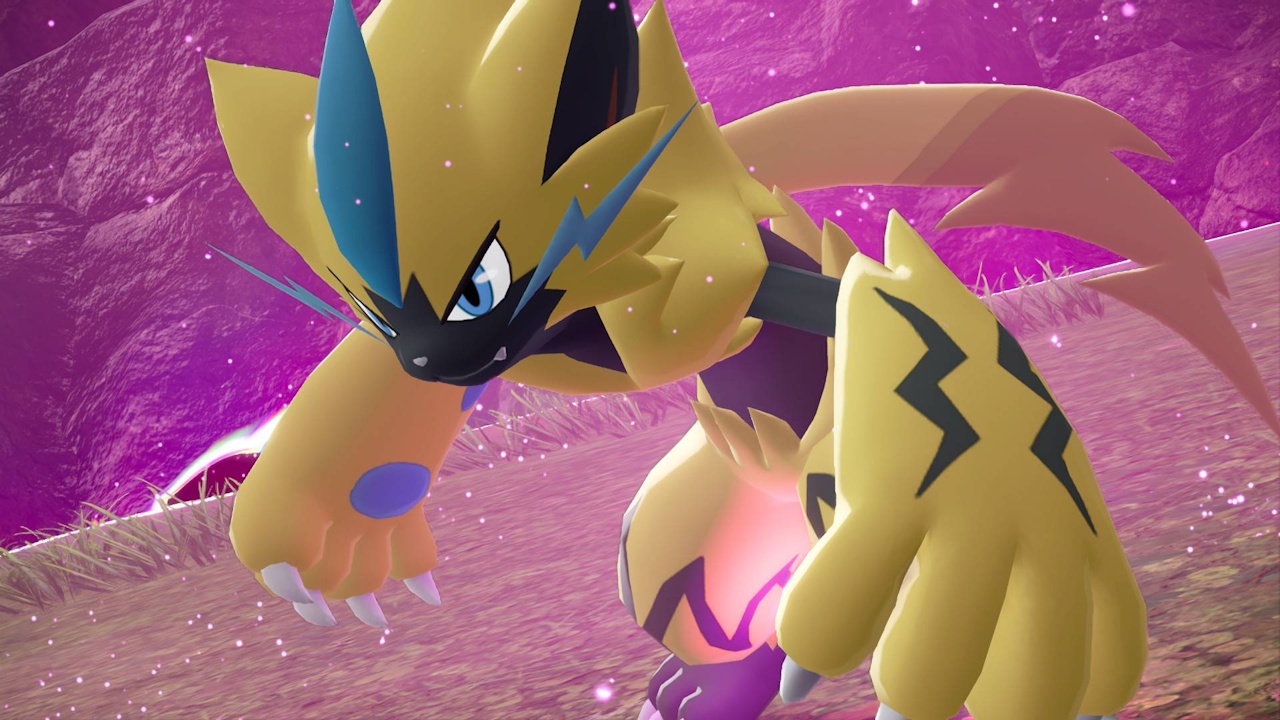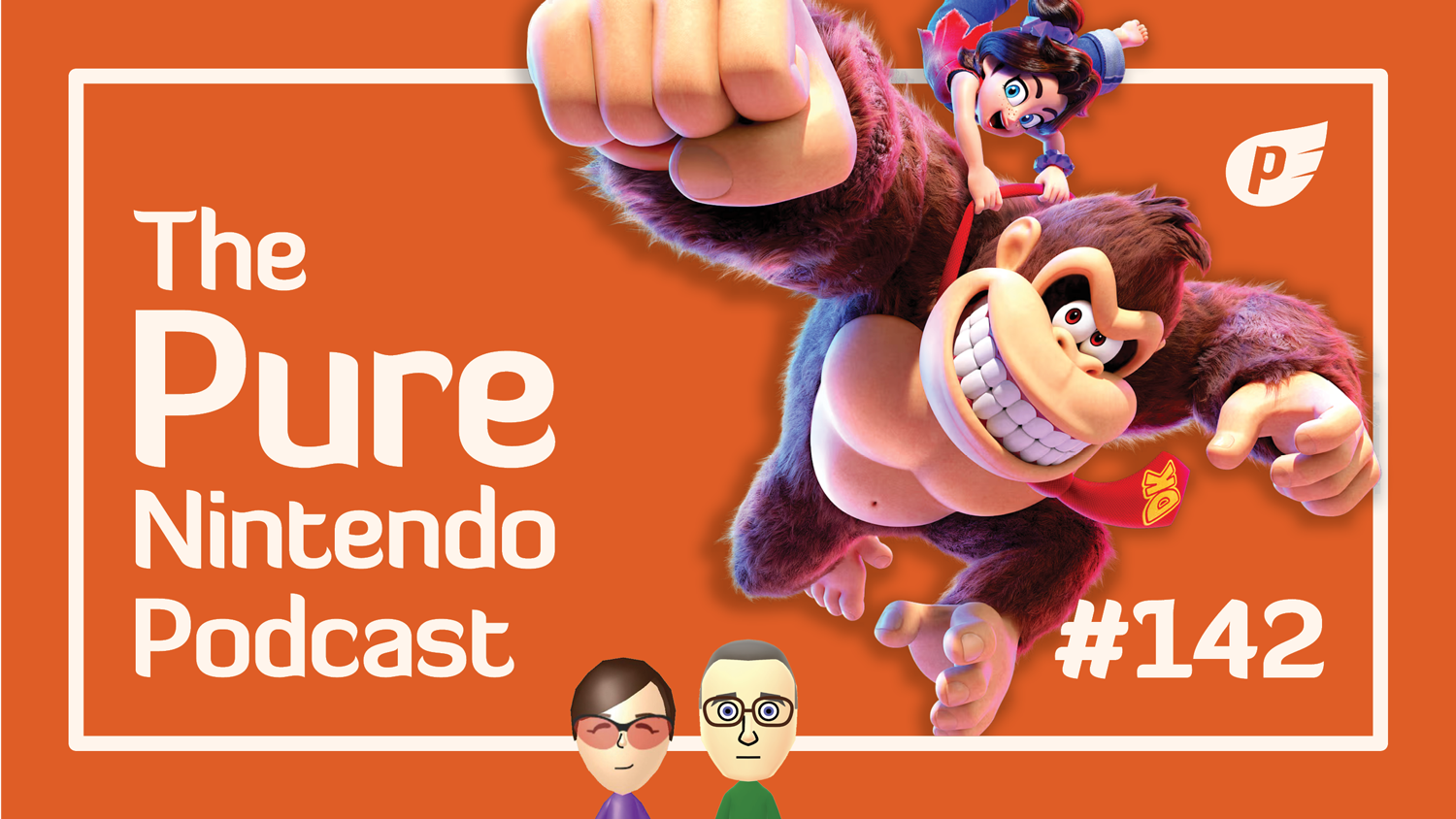The legacy of late Nintendo president Satoru Iwata continues to inspire the gaming industry, with new insights surfacing about his deep involvement in hallmark franchise titles.
Pokémon Gold and Pokémon Silver, released for the Game Boy in 1999 in Japan and 2000 in other territories, are widely credited as ground-breaking sequels that defined a generation of handheld gaming.
Developed by Game Freak and published by Nintendo, these titles built upon their predecessors by introducing new regions and mechanics, while pushing the technical boundaries of the original Game Boy platform. Recent revelations from a Did You Know Gaming? episode have shed light on the significant technical contributions made by Satoru Iwata during the development of Pokémon Gold and Silver.
While Iwata's association with many Nintendo classics is well established, it has now come to light that he personally crafted sections of the game's code to optimize performance.
According to the source, Iwata created specialized algorithms that reduced loading times at the beginning of battles—making gameplay smoother and more immersive for players.
These optimizations saved fractions of a second at every encounter, an improvement that enhanced the overall pacing of the game. The algorithm implemented by Iwata was reportedly a refined adaptation of techniques he previously used while at HAL Laboratory on critically acclaimed titles such as EarthBound.
By leveraging existing methodologies and tailoring them for Game Freak's Pokémon project, Iwata enabled a polished battle experience on modest hardware. In addition to these programming advances, Game Freak's technical accomplishments were also underscored by their choice of storage hardware.
Unlike earlier Game Boy titles, which typically utilized half-megabyte cartridges, Pokémon Gold and Silver were housed on one-megabyte Game Boy cartridges.
This not only allowed a greater amount of content but also facilitated the ambitious inclusion of the entire Kanto region—an unprecedented feat that doubled the game's explorable world and delighted longtime fans. Pokémon Gold and Silver went on to achieve both critical and commercial success, recording combined global sales exceeding 23 million copies by 2024.
The games' ability to push the limits of the Game Boy hardware, thanks in part to the technical expertise of Satoru Iwata and the relentless innovation of Game Freak, remains a celebrated chapter in Nintendo's storied history. For industry professionals and enthusiasts alike, these recent insights further illustrate the far-reaching impact of Satoru Iwata's hands-on approach.
His passion for problem-solving and commitment to quality continue to resonate in Nintendo's enduring legacy of game development excellence.
Pokémon Gold and Pokémon Silver, released for the Game Boy in 1999 in Japan and 2000 in other territories, are widely credited as ground-breaking sequels that defined a generation of handheld gaming.
Developed by Game Freak and published by Nintendo, these titles built upon their predecessors by introducing new regions and mechanics, while pushing the technical boundaries of the original Game Boy platform. Recent revelations from a Did You Know Gaming? episode have shed light on the significant technical contributions made by Satoru Iwata during the development of Pokémon Gold and Silver.
While Iwata's association with many Nintendo classics is well established, it has now come to light that he personally crafted sections of the game's code to optimize performance.
According to the source, Iwata created specialized algorithms that reduced loading times at the beginning of battles—making gameplay smoother and more immersive for players.
These optimizations saved fractions of a second at every encounter, an improvement that enhanced the overall pacing of the game. The algorithm implemented by Iwata was reportedly a refined adaptation of techniques he previously used while at HAL Laboratory on critically acclaimed titles such as EarthBound.
By leveraging existing methodologies and tailoring them for Game Freak's Pokémon project, Iwata enabled a polished battle experience on modest hardware. In addition to these programming advances, Game Freak's technical accomplishments were also underscored by their choice of storage hardware.
Unlike earlier Game Boy titles, which typically utilized half-megabyte cartridges, Pokémon Gold and Silver were housed on one-megabyte Game Boy cartridges.
This not only allowed a greater amount of content but also facilitated the ambitious inclusion of the entire Kanto region—an unprecedented feat that doubled the game's explorable world and delighted longtime fans. Pokémon Gold and Silver went on to achieve both critical and commercial success, recording combined global sales exceeding 23 million copies by 2024.
The games' ability to push the limits of the Game Boy hardware, thanks in part to the technical expertise of Satoru Iwata and the relentless innovation of Game Freak, remains a celebrated chapter in Nintendo's storied history. For industry professionals and enthusiasts alike, these recent insights further illustrate the far-reaching impact of Satoru Iwata's hands-on approach.
His passion for problem-solving and commitment to quality continue to resonate in Nintendo's enduring legacy of game development excellence.






